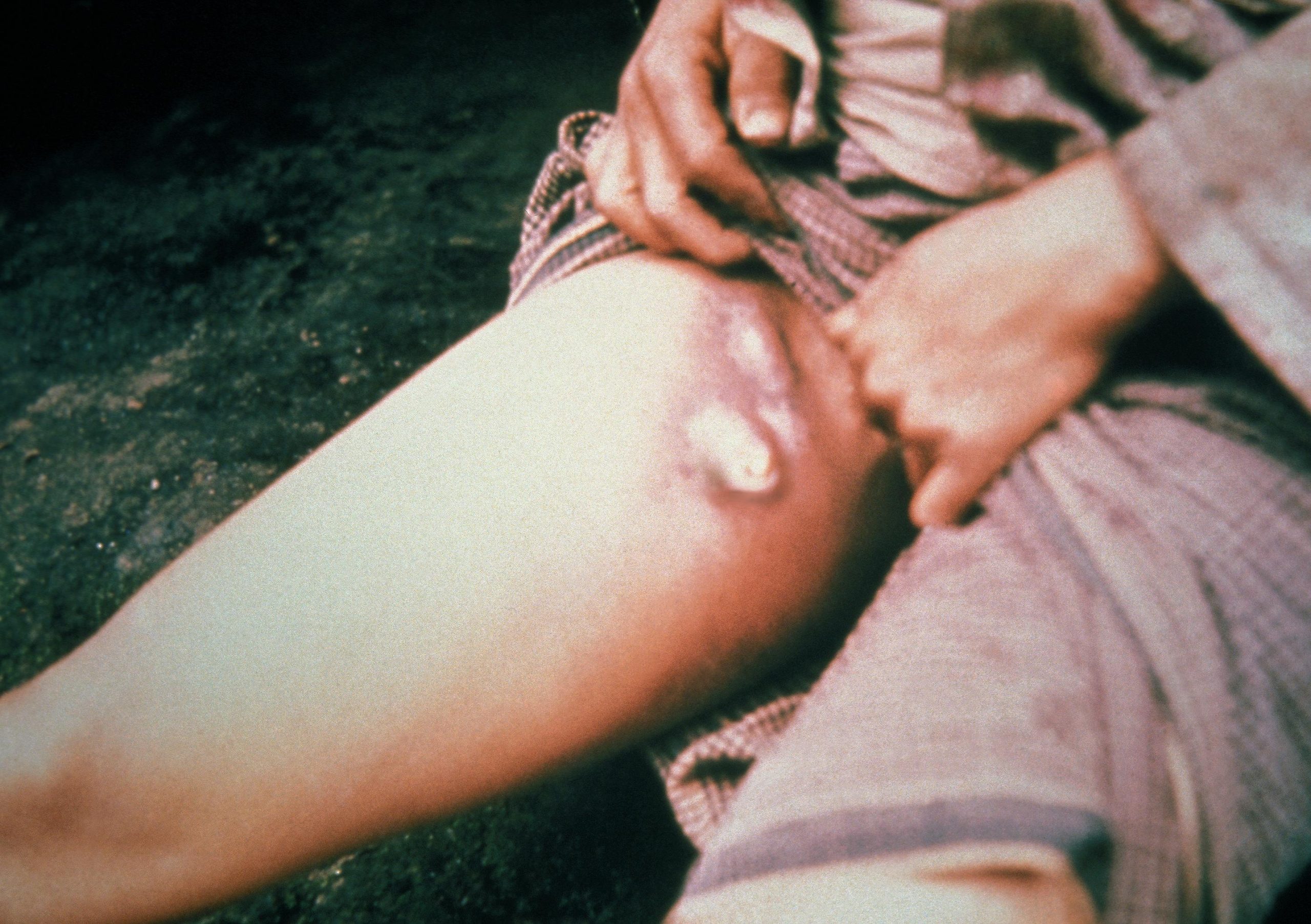Cases of bubonic plague still persist in Mongolia and neighboring cities in Russia. Despite being commonly associated with medieval times, the plague afflicts populations worldwide. Regions such as Madagascar, the Democratic Republic of the Congo, and Peru are particularly susceptible to outbreaks. Even in the United States, around 10 plague cases are diagnosed annually.
Recently, on August 7, 2023, an incident of bubonic plague infection was documented in the Inner Mongolia region. Within a mere four days, on August 11, two additional cases emerged: the husband and daughter of the initial patient. In this instance, the occurrence of human-to-human transmission of bubonic plague is highly unusual and raises concerns about a potential common source for these infections.
Local authorities in Mongolia have acted swiftly to contain the recent outbreak of bubonic plague. They have implemented immediate quarantine measures for individuals with close contact with the infected persons. This proactive approach aims to stop any potential transmission and enables careful monitoring of isolated contacts for early signs of illness.
Fortunately, there have been no reports of unusual symptoms among these contacts, suggesting that the risk of rapid spread of infection may be low. While detailed information about subsequent actions is limited, it’s worth noting that the Inner Mongolia region has experienced bubonic plague outbreaks in the past.
During previous instances, the Chinese government took precautionary measures to manage the situation and prevent the disease from spreading further. These measures included implementing a level 3 alert, which involved isolating close contacts, imposing restrictions on hunting and consuming animals that could carry the plague, and encouraging the public to report any suspected cases.
These responses reflect established strategies for handling outbreaks, emphasizing the importance of promptly identifying and isolating infected individuals, limiting interactions with potential disease carriers, and involving the community in reporting any suspected cases.
What countries still have the bubonic plague?
The bubonic plague remains prevalent in several countries, with the Democratic Republic of Congo, Madagascar, and Peru being the most endemic. In these regions, individuals infected with the plague typically experience symptoms similar to influenza after an incubation period of 3 to 7 days. These symptoms may include fever, chills, body aches, weakness, vomiting, and nausea.
Avid Writer with invaluable knowledge of Humanity!
Upcoming historian with over 30 million views online.
“You make your own life.”






